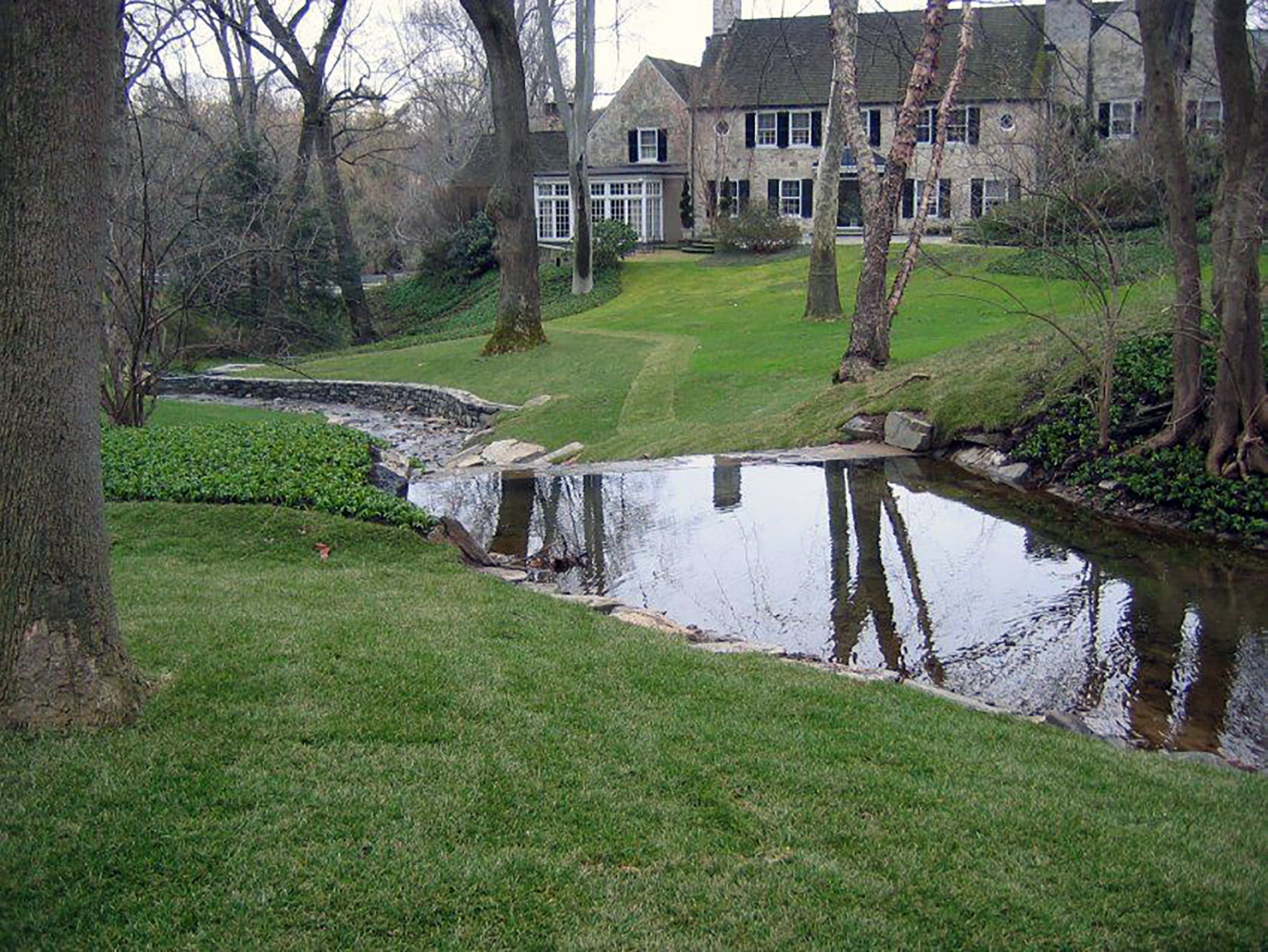Chestnut Hill group broadens focus to integrate preservation and conservation

Community efforts to preserve the historic character of Chestnut Hill’s built environment are expanding this year to protect its natural assets as well.
The neighborhood’s historical society, founded in 1967, changed its name in January to the Chestnut Hill Conservancy & Historical Society, and launched a study that will take an integrated approach to preservation and conservation.
The Conservancy is working with the Chestnut Hill Community Association on the study, which builds on previous work of the two organizations. Their collaboration on the “Residential Conservation, Preservation and Development Study” will prepare Chestnut Hill residents for work in the fall by the Philadelphia City Planning Commission, which will begin work on a district plan for Upper Northwest Philadelphia, one of the final components of the city’s Philadelphia2035 Comprehensive Plan.
The purpose of the Chestnut Hill study is to “celebrate and protect what is special about this area,” said Lori Salganicoff, executive director of the Conservancy.
The William Penn Foundation is funding the new study as part of the foundation’s goal to protect the Wissahickon Watershed. “The watershed is protected by a contiguous network of private and public green space. The Friends of the Wissahickon has been great at protecting that public green space,” said Salganicoff, whose organization jointly manages a conservation easement program in Chestnut Hill with the Friends of the Wissahickon. “Our mission is to help partner with property owners to protect the privately held open space. The Wissahickon cannot be maintained in its beautiful but challenged present state with a great deal of new development.”
A Planning Commission analysis determined that more than 1,000 new buildings could be erected in Chestnut Hill based on by-right subdivisions, Salganicoff said. The analysis also identified more than 400 acres of privately owned space in need of conservation to protect the health of the watershed.
“We hope the study will help us create the tools to guide future changes,” she said, “so we’re not being reactive all the time.”
The demolition of a 104-year-old house at 415 W. Moreland Avenue and subdivision of the lot in 2014 sparked calls for an updated survey of Chestnut Hill’s historic resources. The current study is “in part a response to that and threats of demolition since then,” Salganicoff said.
The historical society worked to create a 2,700-building National Register Historic District, designated in 1987, though the national designation provided no real protection for the buildings.
But the process did identify each significant building in Chestnut Hill, an inventory that was recently updated. Now that information will be “shared and mapped and added to other maps that have been created where conservation priorities have been identified by parcel, and other factors can be layered in,” Salganicoff explained. “We’re pulling all the tools together and integrating them to better understand what we have.”
The study will continue through May, led by a steering committee of community professionals with assistance from the Natural Lands Trust and other organizations. PennPraxis will contribute information about best practices for development management tools used elsewhere in the city and the nation. Over the summer, the Conservancy will work with Philadelphia University on creating a three-dimensional map of Chestnut Hill as it currently exists, which will also help reveal areas of vulnerability to development.
The William Penn Foundation grant will also fund improved outreach by the Conservancy with property owners to create new easements and possibly new historic designations, Salganicoff said.
“The study won’t result in recommendations,” she noted. “This is just pulling together existing conditions and tools in preparation for the Planning Commission’s District Plan.”
The Conservancy will host the first public unveiling of the study at a “Visionaries Roundtable” on April 21, 6 p.m., which will include architect Denise Scott Brown, Philadelphia Museum of Art president Gail Harrity, and others. “We’ll be talking about preservation and change,” Salganicoff said. “We want to engage a broad audience who can influence the future of Chestnut Hill.”
WHYY is your source for fact-based, in-depth journalism and information. As a nonprofit organization, we rely on financial support from readers like you. Please give today.



